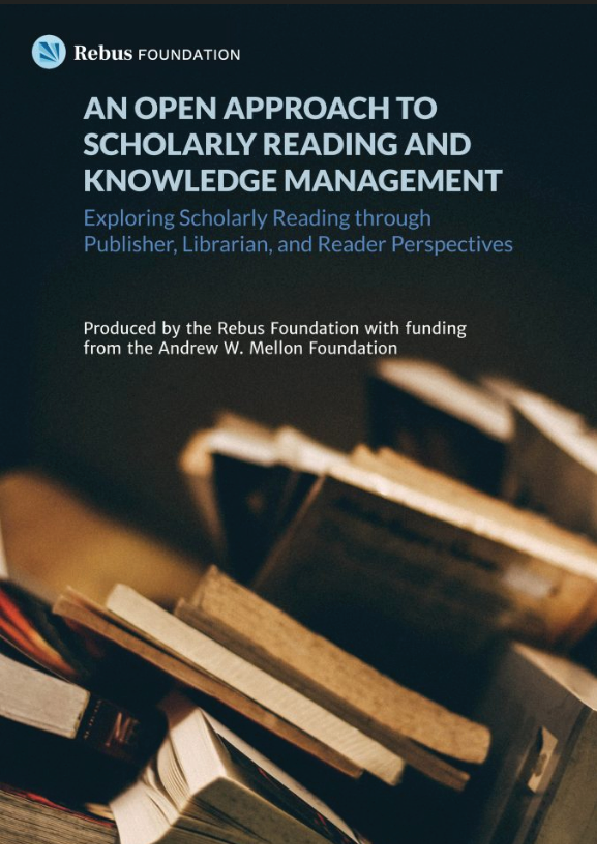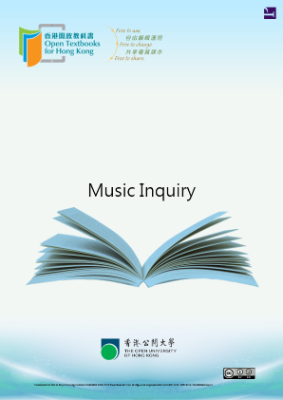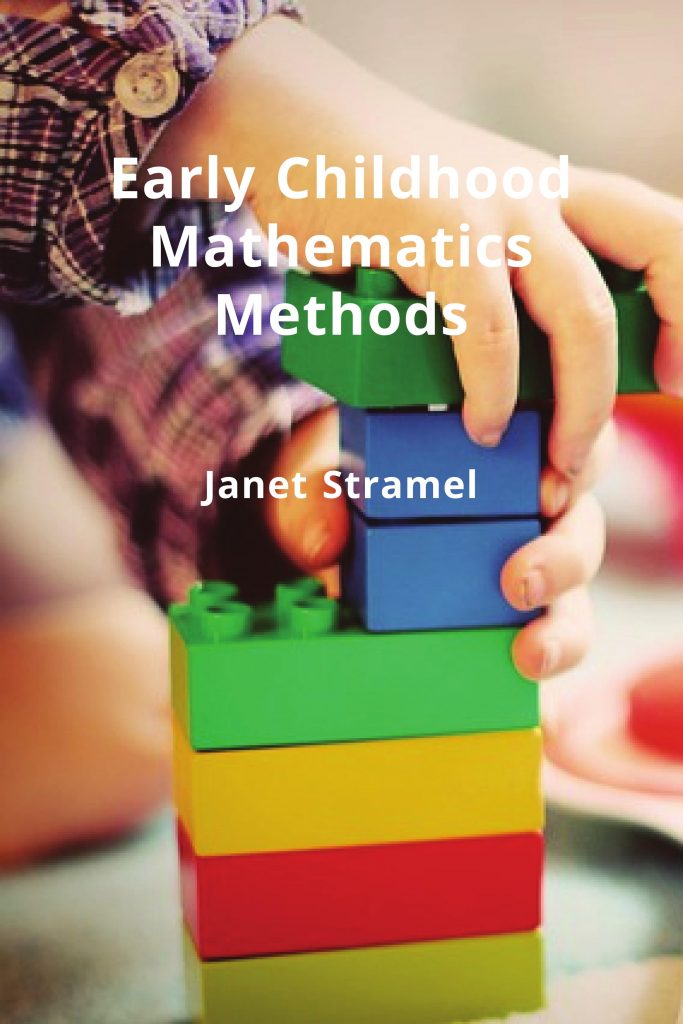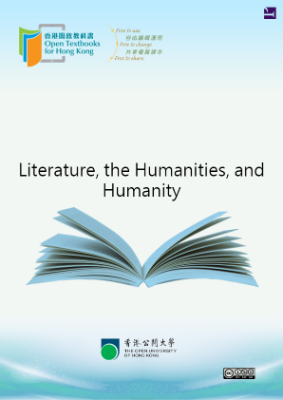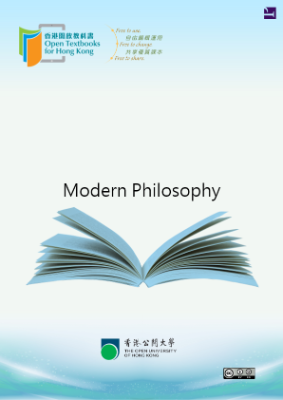Scholarly publishing is a broad term that describes the range of activities related to the publication of academic research. For the purposes of this report, we define scholarly publishing as a system, or series of interactions, through which academic writing or research is disseminated and consumed within scholarly communities.
Throughout our research and this report, we focus on one type of scholarly publishing output: the scholarly monograph. While other forms of publishing (namely journals) were touched upon in our interviews, the focus of our research and prototyping is on the monograph ecosystem.
The nominally “closed system” of digital academic publishing has four main actors: publishers, aggregators, libraries, and readers.
Note that there is a fifth actor in the ecosystem, ebook retailers (Amazon, Apple, Nook/ Barnes & Noble, Google, Kobo, among others) that we have purposefully excluded from our research. Our focus is on exploring how technologies can help academic libraries improve scholarly reading.
Below, we describe the role that each group plays in the scholarly publishing ecosystem, and trace their interactions with the other actors. We posit that the interactions between actors are not linear, with content simply flowing from publisher through aggregator to library and finally to reader. Rather, the reader in a research context is also a creator, feeding input back to publishers.
The consumption of content flows directly into creation of more content, which is published and distributed to other readers. This cycle ismodelled in the following figure.
Publishers
Publishers work to “make public” scholarly work in the form of textbooks, journals, and monographs, and represent a wide range of publishing approaches, business models, budgets, and institutional affiliations. With our focus on monographs, the two most significant groups are large commercial publishers and university presses. These publish the vast majority of monographs in circulation, although in recent years, smaller open access publishers have also begun to emerge.
The role of publishers includes (among other things):
- acquisitions and list curation
- editorial work and coordinating peer review
- design and production (for various formats, typically: print, digital PDF, and EPUB)
- distribution and marketing of finished products into various channels (libraries, aggregators, stores) where readers can access books
The last of these—distribution—involves direct relationships between publishers and either distributors/aggregators or libraries, which is typically a commercial relationship. Most publishers of monographs now provide digital files (PDF and/or EPUB) into academic libraries.
The overarching problem for publishers of monographs is one of revenues. In general, publishers report that revenues for scholarly monograph titles are in a downward slope. It’s important to note that publishers tend to be two removes from the readers, since content/digital files usually go from publishers to aggregators for distribution, and then from aggregators into libraries, who in turn serve the readers. This means that structurally, publishers have little interaction with readers.
However, as publishers acquire content from the same people who consume their published works, there is a separate relationship between the two which we will revisit in the Readers section.
